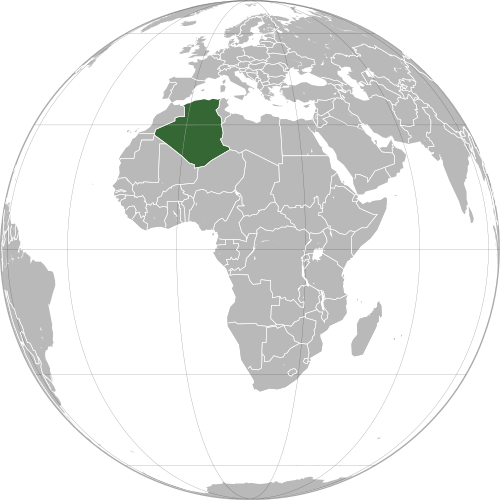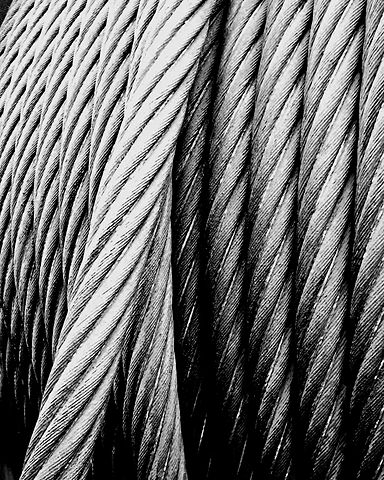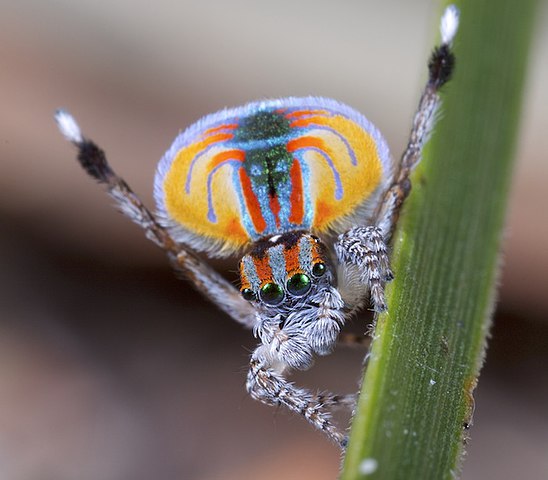Let's keep learning about the
sun's
solar core.
We've learned about it's
size,
heat and
density.
The heat that is made at the solar core is because of the energy the core makes using something called
fusion.
Remember we learned that
atoms are very very tiny things, smaller than the tiniest grain of sand. So small that we can't see them without special super microscopes.
And hydrogen is a type of gas, kind of like the oxygen we breathe.
When hydrogen atoms are smashed together really really hard and fast, fusion can happen, and the hydrogen turns into helium.
When that happens it releases a HUGE amount of energy.
Compared to an explosion from a stick of dynamite, it is over a quintillion times bigger!
A quintillion is a 1 with 18 zeroes after it: 1,000,000,000,000,000,000
That much energy from fusion is created every single second of every day,
and it's what creates the heat and light that keep the sun going.
Just think of it as a whole bunch of tiny little things making huge explosions every second
so that we can stay warm and have sunshine every day.

(from: wikipedia -
fusion power)
Kid Facts - Blast from the past: Proxima Centauri










